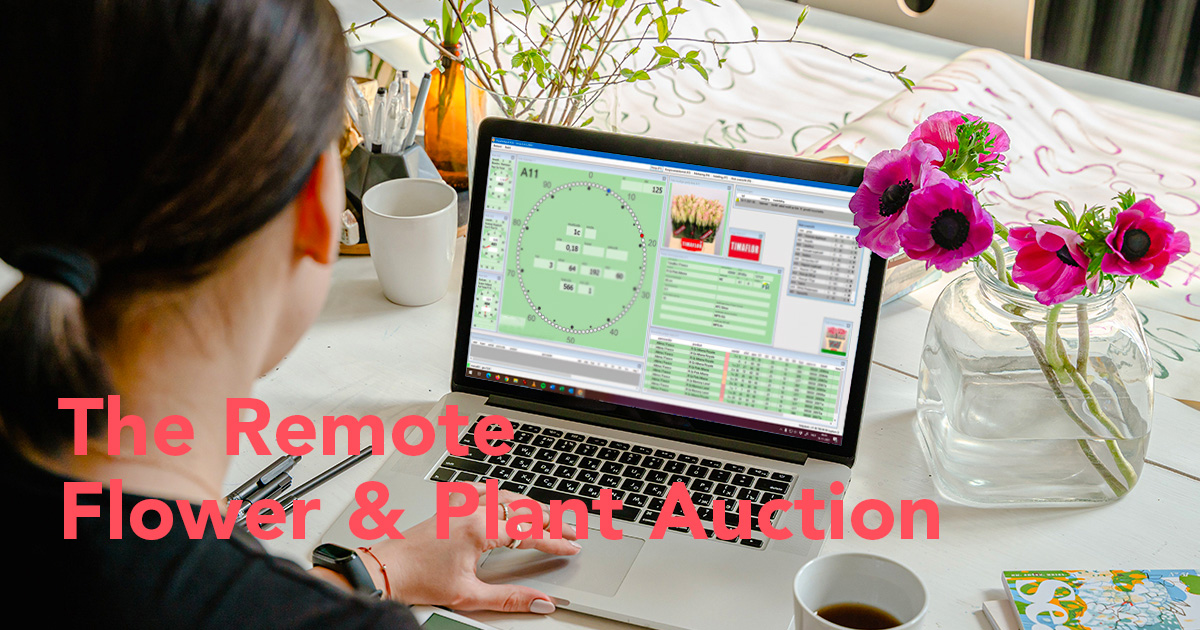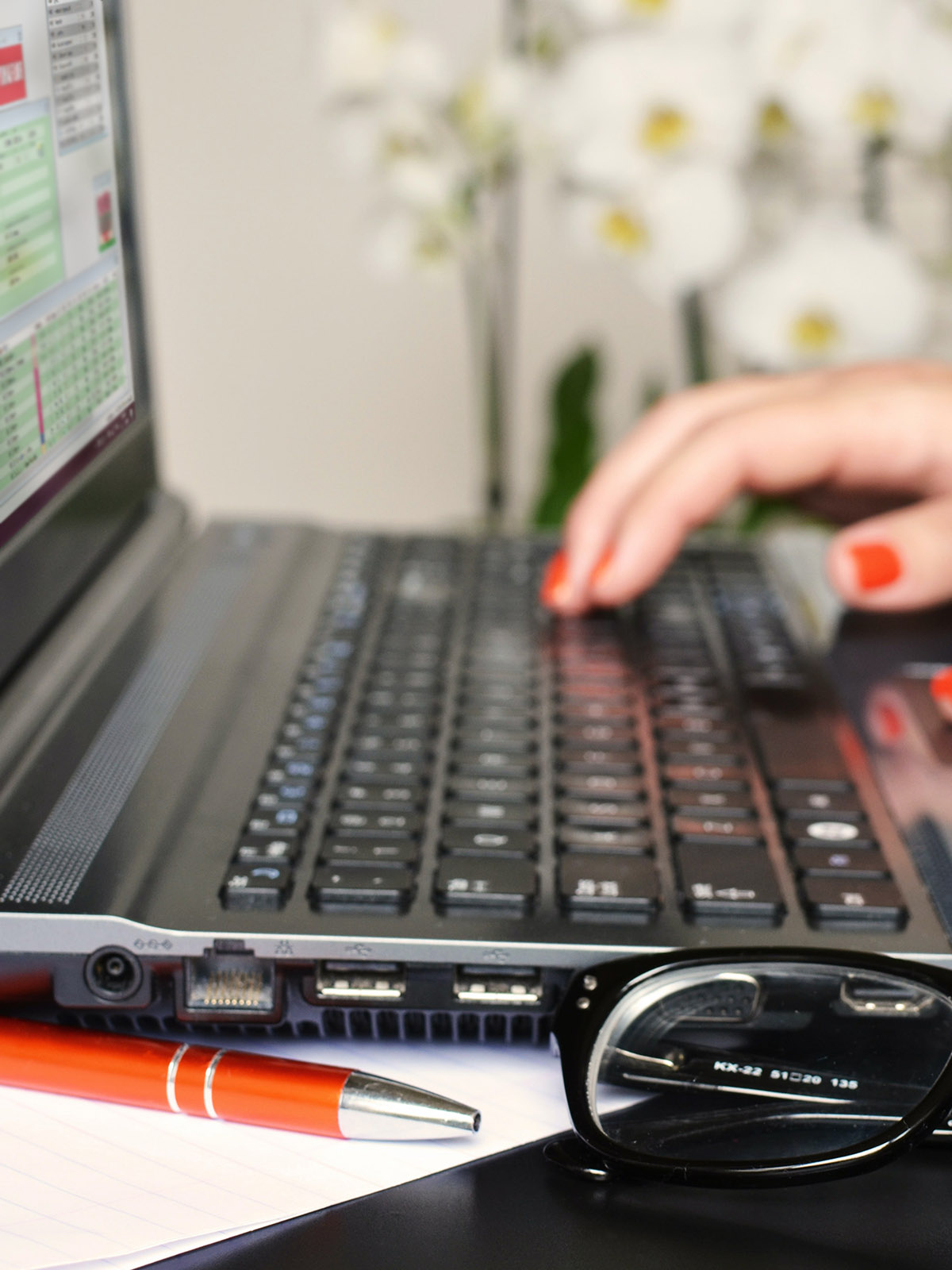Over twenty years ago KOA, or (in Dutch) Kopen op Afstand caused a revolution in the way auction buyers had been getting their daily flowers and plants. Remote Purchasing (in English) has been a common way of acquiring products from any of the clocks of the Royal FloraHolland auctions, even for companies way outside the Netherlands. But since not every industry pro might know all the ins and outs, below you can read how this revolution has impacted the way floriculture products are purchased.
Today for flower and plant buyers it is so common to buy flowers at the online clocks that it is hard to imagine that there was a time before KOA. But yes, there was... And when the products at the clocks had always been available for a select group, they suddenly became available to the whole world. Also to you. But could you do it, buy your own at an auction clock?
What Is KOA?
If you live in the United States, or if you have roamed this country with an RV (mobile home), you'll probably have an idea of what KOA is: the Kampgrounds of America. Well, that's not the KOA we're talking about here. The Dutch KOA is an abbreviation for 'Kopen op Afstand', which translates as 'Remote Purchase'.


The Turbulent History of KOA
Royal FloraHolland today is a merger of three major auctions that were competing with each other until 2008. In the year 1986 at one of these three, the Naaldwijk auction, a visionary called Jaap Joling developed a system to watch the clocks running from a remote room inside the auction building. A long cable connected a camera in the auction hall with a television set in the remote room. Another cable connected the clock system to a buying pad, the same one used in the auction hall. With this setup, it was practically possible to see and hear the auction and stop the clock to buy a product.

This breakthrough idea was further developed, but never really used. The idea must have been that buyers in this conservative flower world would never accept buying flowers and plants that they could not see in front of their own eyes. In a way, that's still true today. The best impression is obtained when seeing the real flower, squeezing the head a little, weighing the stem, and judging its quality and value. So the project Remote Purchase was put on hold, at least for a while.
As a consequence, someone else picked up the glove: Tele Flower Auction (TFA) started as one of the initiatives in response to import restrictions by the traditional Dutch flower auctions. Dutch growers, the actual member-owners of the auctions, wanted to protect their business since imports had risen by almost 80 percent between 1985 and 1990 and were further growing substantially ever since. TFA started in March 1995 selling imported flowers at an online clock. And it worked like a charm. The genie was out of the bottle, and the three major flower auctions realized it was time to go remote as well.
In 2002 a green importing company called NedFern realized the possibilities of KOA going abroad. Why not? All that was required was a computer with a modem to hook up to one of the auctions and a headset to communicate from anywhere in the world. So, NedFlora saw the light of day, connecting flower importers all over Europe, from Norway to Italy, from Ireland to Russia, and even the US.
Not all Dutch exporting wholesalers were amused because transparency meant that the whole world now could see the real offer at the clocks, and the real prices too. A lot has happened, from anger to acceptance, to finding possibilities to use KOA for their own benefit. A flower buyer does not need to get up very early anymore to check today's availability; it's in his online KOA list now. The purchases can be made in the calm of a buyer's own office, close to the colleagues of the sales department, instead of in a noisy distant hall.
Communication and efficiency have improved much this way. Probably the biggest disadvantage Dutch flower exporters have experienced over the years is that their role of flower export has shifted to being a conduit for their KOA customers who are in full control of making their own purchases.

Is KOA Buying Difficult?
That's a tough and personal question. How's your knowledge of flowers and plants? Are you afraid of computers? KOA clocks might look like a casino sometimes; the first one to bet, wins, but is the price right? Professional flower buyers with big exporters often have specialized in one product group, like roses or chrysanthemums, or have many years of experience. But remember that for all of these buyers, there was also day 1 when in one anxious moment it started by pressing that buying button for the very first time.
Luckily for KOA buyers who do not speak or understand Dutch, the auction does not require any more speech-to-buy. It's all about simply pressing a number on a standard computer keyboard to get the desired product. The only thing to worry about is the handling because the flower auction still does not deliver to your doorstep. Luckily again, most Dutch flower exporters offer KOA services, hoping that you will buy from their stock all that you were not able to get at the clocks. Call it the new win-win.

Continue to read about how the auction works in the article Flower Auction Royal FloraHolland Explained.
Images by Teona Swift, Anthony Shkraba, and Royal FloraHolland.














